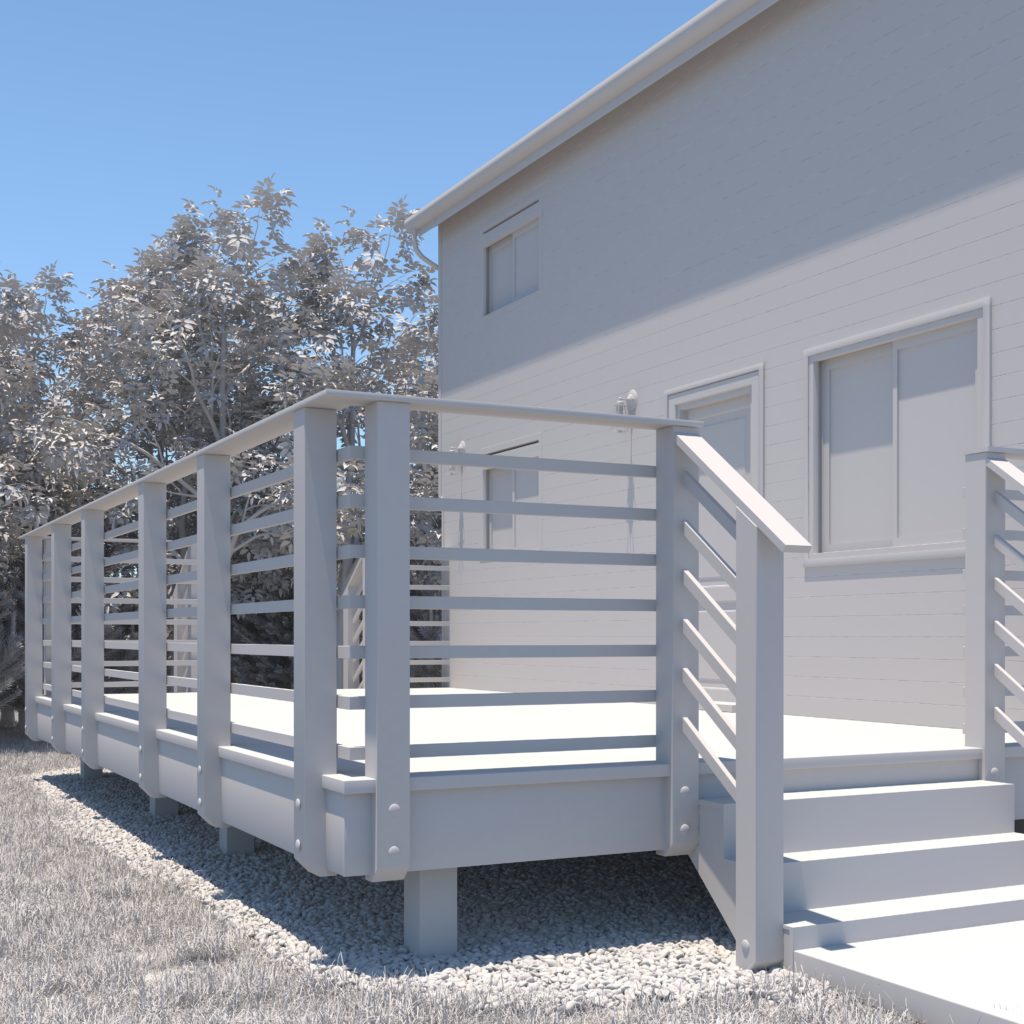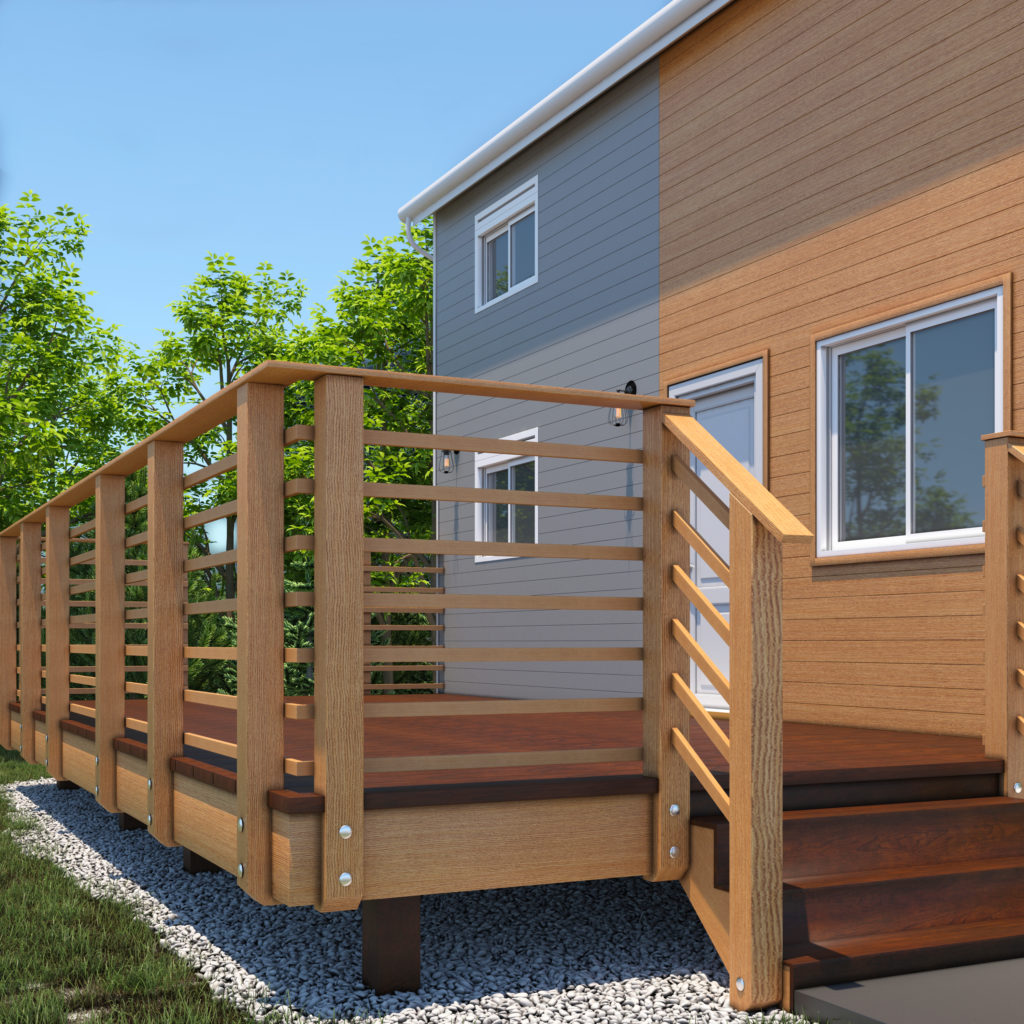Within the realm of modern digitization, 3D modeling is rapidly becoming an adaptive component in our everyday lives. It is a mechanism that is currently being implemented into several different sectors. There are two specialized industries that will inevitably be revolutionized by the enhancements that 3D art offers: interior design and architecture.
And although 3D interior visualization and architectural 3D rendering have become mutually connected, there are newer, faster technologies quickly entering both spaces. These are technologies that indicate the augmentation and advancement for the nearby future. Software applications like AutoCAD have the compatibility to set different parameters, applying precision in both 2D and 3D designs. However, the process of 3D visualization can even go one step further. Essentially, 3D models that are proposed by the designers can outline complicated interpretations from photorealistic renderings.
Thanks to the propulsion of modern technology, we now have the selection of static, panoramic, and even interactive options with CGI, or in layman’s terms, Computer Generated Imagery. This expansion heavily coerces into the field of interior design. Ultimately, by utilizing simulated software, the 3D modeling process essentially reshapes objects into complex high-polygon models.
What is a polygon?
Imagine a single triangle. Now, this shape, through the use of 3D modeling, is now defined as a polygon, and can be multiplied. By manifesting multiple polygons, by reshaping them, by rearranging them, you can instantly transform the aforementioned object into another. This practice results in the perspective design that is desired.
The 3D designer and the client communicate with each other in the efforts to forgo the visualization process and consolidate business alignments for the intended projects.
For everything to work cohesively, there needs to be a collaborative correspondence. Communication is key. Without this constructive proponent, the project will take even longer to unfold. Conveying each and every detail to the 3D artist will lead to projects being finished quickly and efficiently. Communicating amongst one another will carefully give better insight and an opportunity to share feedback, making every facet of the finished product to be exactly what was originally envisioned. However, even the most minuscule of changes within the design increases the duration of the project. While renderings can always be redone, communication time does add up hours into the design getting refinished.

As the idiom goes, “the devil is in the details”, it is a saying that alludes to a quite literal sense of the relationship between architect and 3D artist.
Architects are uniquely distinctive in the way they see things. However, it is through the 3D artist receiving the project that the proclivity for connecting elements can take place. Therefore, existing in a conformity to recreate concepts.
According to a statistical study based on data conducted by neurologists, the human brain processes visual information about 60,000 times faster than it does with textual information. In fact, roughly 80% of all information that uploads into our brain is visual.
The beginning of the project starts with a blank slate. This step acts as a canvas for both the clients and the artist, wherein they can focus on how to plan their project. Proposing several different variants ensures that a client’s preferences will always be heard and understood. Materials such as plants around a property, railings, colors, or any other small detail will be applied accordingly. By consistently searching the accurate specifications of the variants that are asked for, modifications can be re-made through the photographs or images of provided products. Alterations in a design can sometimes rely on the export in the assorted collections of images available. However, CGI can actually fill in the supposed void of that very minimal margin of error.
What is so expeditious and exploratory about the digital space is how quickly the innovations of today move. It’s an ever-expansive trope of being able to access database after database, offering the capability to surf through about three billion digital images every day. Statistically, this equates to about 657 billion photos every year. Although this is the factual data, approximately 85 percent of these images are not properly licensed. But even without validity in those images, CGI can actively replace the need for substance by comprising the many renderings, deploying inclusivity of different walls, floorboards, and even furniture.

As product features change or update, computer-generated imagery can actually be modified. This means that different versions of any product can either be added, removed, or updated through the software, without the necessity of taking yet another series of photos. Most models are readily available for purchase through digital retailers. And if a roadblock happens to get in the way, and such a model is not available, designers can replicate an equivalent model based on the provided examples, references and dimensions. If there are more than one variant to an object or material, then there is the task to place them in groups. During the rendering process, usage of the proprietary plugin in which the designer selects the appropriate options that maintain interest is certainly dispensed.
While the rendering process goes underway, everything else becomes an automated process through our side. The technology that we are patented with allows you to place thousands of divergent colors and materials for any given object. With the final room operating at the same speed, maintaining a great user-friendly experience.
There are dozens of applications being utilized in the field of 3D. Virtual reality is not just an extension of visualization. It is also a large leap in the focus of technology overall.
Virtual reality has become an untapped spring of potential within the area of 3D. In fact, the origins of virtual reality are often contested. But while the starting point might seem dazed, the understanding still remains that VR benefits the industry it touches.
One such application that has become prevalent in the three-dimensional spectrum is the employment and benefit of 360-degree view. It is the relevant experience that professionals have now seen as formidable. Through this inner framework, viewing so many spaces from across various different angles has blossomed into a beneficial symbiosis. It is the communication between company and clientele. Rather than picturing or just imagining the end result, which can limit the exposure or influence that most professionals seek, 3D artists can now physically engross the people they work with in a whole new way. This sensation of reliving individual or multiple schematics in the sense of three-dimensional variants will bring more opportunities for architects and interior designers.
